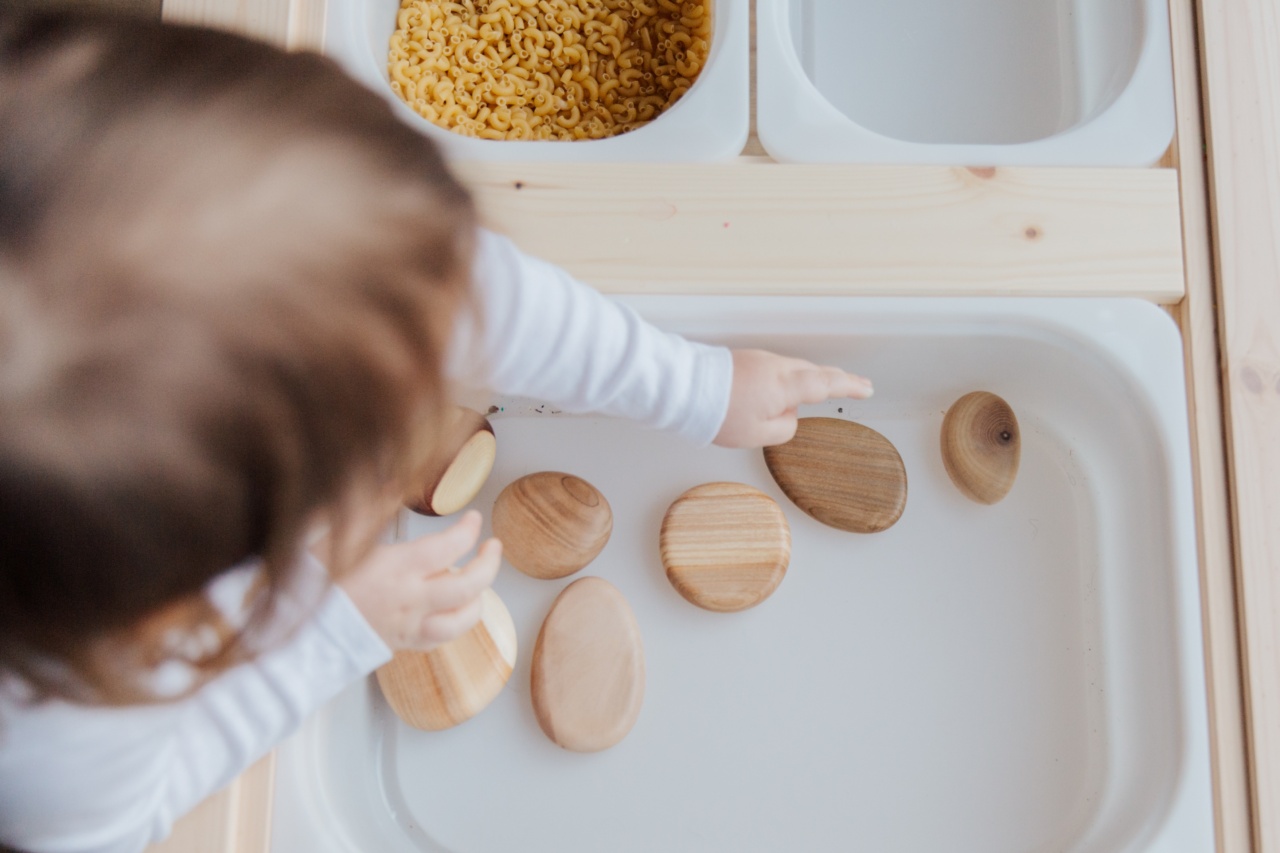Physical activity is crucial for the overall health and well-being of children. Regular exercise not only helps kids build strong muscles and bones but also improves their cardiovascular fitness, coordination, and mental health.
However, with the increasing prevalence of screen time and sedentary behavior, getting kids moving can sometimes be a challenge.
To help parents and caregivers promote an active lifestyle among children, here are nine effective strategies:.
1. Make Physical Activity a Family Affair
Children often imitate the behavior of their parents and siblings. By engaging in regular physical activity yourself, you can set an excellent example for your kids. Plan family outings that involve physical activity, such as hiking, biking, or swimming.
Not only will this encourage your children to be more active, but it also offers an opportunity for quality family bonding.
2. Provide Opportunities for Unstructured Play
Unstructured play allows children to use their creativity, imagination, and energy. Encourage your kids to explore various activities like playing in the park, building forts, or having a backyard scavenger hunt.
Unstructured play not only promotes physical movement but also enhances problem-solving skills and social interactions among children.
3. Limit Screen Time
In today’s digital age, excessive screen time has become a major concern. Excessive use of screens is associated with a sedentary lifestyle and decreased physical activity.
Set limits on screen time and encourage your children to participate in physical activities. Offer alternative options like puzzles, board games, or even art and craft activities to keep them engaged and moving.
4. Incorporate Physical Activity Into Daily Routine
Integrating physical activity into your child’s daily routine can make it more consistent and effortless.
Encourage walking or biking to school, taking the stairs instead of the elevator, or even engaging in active chores like gardening or cleaning. Small changes like these not only promote physical movement but also instill healthy habits from an early age.
5. Enroll Them in Sports or Recreational Activities
Joining sports teams or recreational activities not only provides children with a structured and supervised environment for physical activity but also offers opportunities for social interaction and skill development.
Encourage your kids to try different sports or activities that interest them, such as soccer, swimming, dance, martial arts, or gymnastics. These activities not only keep them active but also encourage them to learn discipline, teamwork, and perseverance.
6. Plan Active Family Vacations
When planning family vacations, opt for destinations that encourage physical activity. Consider going to places where you can hike, cycle, or engage in water sports. Plan itineraries that incorporate outdoor activities and sightseeing on foot.
This not only creates memorable experiences but also keeps the entire family active and involved.
7. Set Achievable Goals
Goal setting is essential for sustaining motivation and tracking progress.
Encourage your children to set achievable physical activity goals like running a certain distance, improving their swimming skills, or mastering a specific move in their favorite sport. Celebrate their achievements to boost their confidence and keep them motivated.
8. Get Involved in Community Events
Many communities organize events that promote physical activity, such as charity walks, fun runs, or cycling events. Participating in these events as a family can be a great way to support a cause while also encouraging your children to stay active.
It also provides an opportunity for them to interact with other children and embrace a sense of community.
9. Make Physical Activity Fun
Making physical activity enjoyable is crucial for sustaining long-term engagement. Incorporate games, music, and challenges into physical activities to make them more fun and engaging.
Organize family dance parties, set up obstacle courses in the backyard, or have friendly competitions. By turning physical activity into a fun experience, children will be more likely to continue to participate with enthusiasm.
Remember, every child is unique, and it may take some trial and error to find the activities that your children enjoy the most. Experiment with different strategies, keep an open mind, and adapt to their preferences and interests.
By incorporating these nine strategies into your daily routine, you can help your kids adopt an active lifestyle and set them up for a lifetime of good health.































